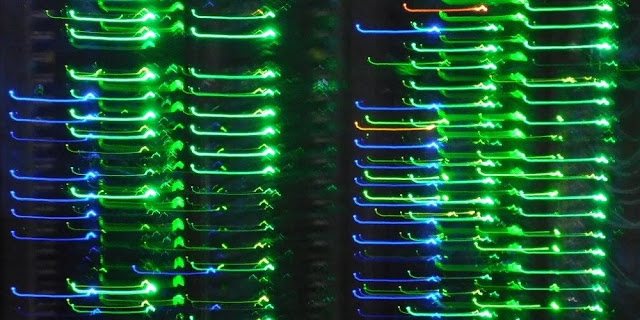The June 2019 TOP500 update released at the International Supercomputing Conference in Frankfurt includes multiple Dell EMC supercomputing clusters.
High-performance computing is always a bit of a global competition, with nations and research-oriented institutions pitted against one another in a race to see who has the fastest and most amazing supercomputers — and the respect that comes with operating a leading-edge system. That makes sense, because a blazingly fast supercomputer is an indicator of support for world-class research and a commitment to scientific discovery.
While this is a friendly competition, it is a competition nonetheless, and one that is fun to celebrate with each update to the TOP500 and I/O500 lists, which rank the speeds of computers, as well as the Green500 list, which ranks supercomputers based on energy efficiency.
At Dell EMC, we always get excited to see our customers’ names on these lists. That’s the case once again, with release of the new the TOP500 list. Among the Dell EMC systems that made the list are three new supercomputers that debuted in 2018 or 2019. Our hats off to these organizations, as well as to all of our HPC customers whose systems appear on the TOP500 list.
Texas Advanced Computing Center
The Frontera supercomputer from the Texas Advanced Computing Center (TACC) at the University of Texas was ranked at No. 5 on the new TOP500 list. Frontera leverages Dell EMC PowerEdge C6420 servers and Dell EMC Isilon unstructured data storage solutions in combination with 2nd-generation Intel® Xeon® Scalable Platinum processors, Intel® Optane™ DC Persistent Memory, CoolIT Systems high-density Direct Contact Liquid Cooling and high-performance Mellanox HDR 200Gb/s InfiniBand interconnect. The system has a total of 448,448 cores.
Frontera — the Spanish word for “frontier” — will fuel important advances in all fields of science, from astrophysics to zoology. The system, built with support from the National Science Foundation, will arm researchers from around the country with the HPC resources they need to run demanding workloads like analyses of particle collisions from the Large Hadron Collider, global climate modeling, improved hurricane forecasting and multi-messenger astronomy.
Mississippi State University
The Orion supercomputer at Mississippi State University was ranked at No. 62 on the TOP500 list. Orion is based on Dell EMC PowerEdge C6420 servers, Intel Xeon Gold processors and InfiniBand HDR. With 67,240 cores, the system will provide researchers with the additional HPC capacity they need to run larger, more complex, and more detailed simulations and models. Orion will support advanced research and development activities in a broad range of areas, including environmental modeling, cyber security, and autonomous vehicle design and operation.
Simon Fraser University/Compute Canada
The Cedar-2 supercomputer from Simon Fraser University/Compute Canada came in at No. 256 on the TOP500 list. Cedar-2 is built with Dell EMC PowerEdge C6320/C6420 servers, Intel Xeon Platinum processors and an Intel® Omni-Path Architecture (Intel OPA®) interconnect. The system has 55,296 cores.
And a little closer to home…
And, of course, at Dell EMC we are pleased to see one of our in-house HPC clusters in the mix with these leading-edge systems. Our Zenith supercomputer, from our HPC and AI Innovation Lab, was ranked at No. 383 on the new TOP500 list. Zenith is based on Dell EMC PowerEdge C6420/C6320p servers, Intel Xeon and Intel Xeon Phi processors, and an Intel OPA interconnect.





thank for ur post , we give network company in dubai
ReplyDelete